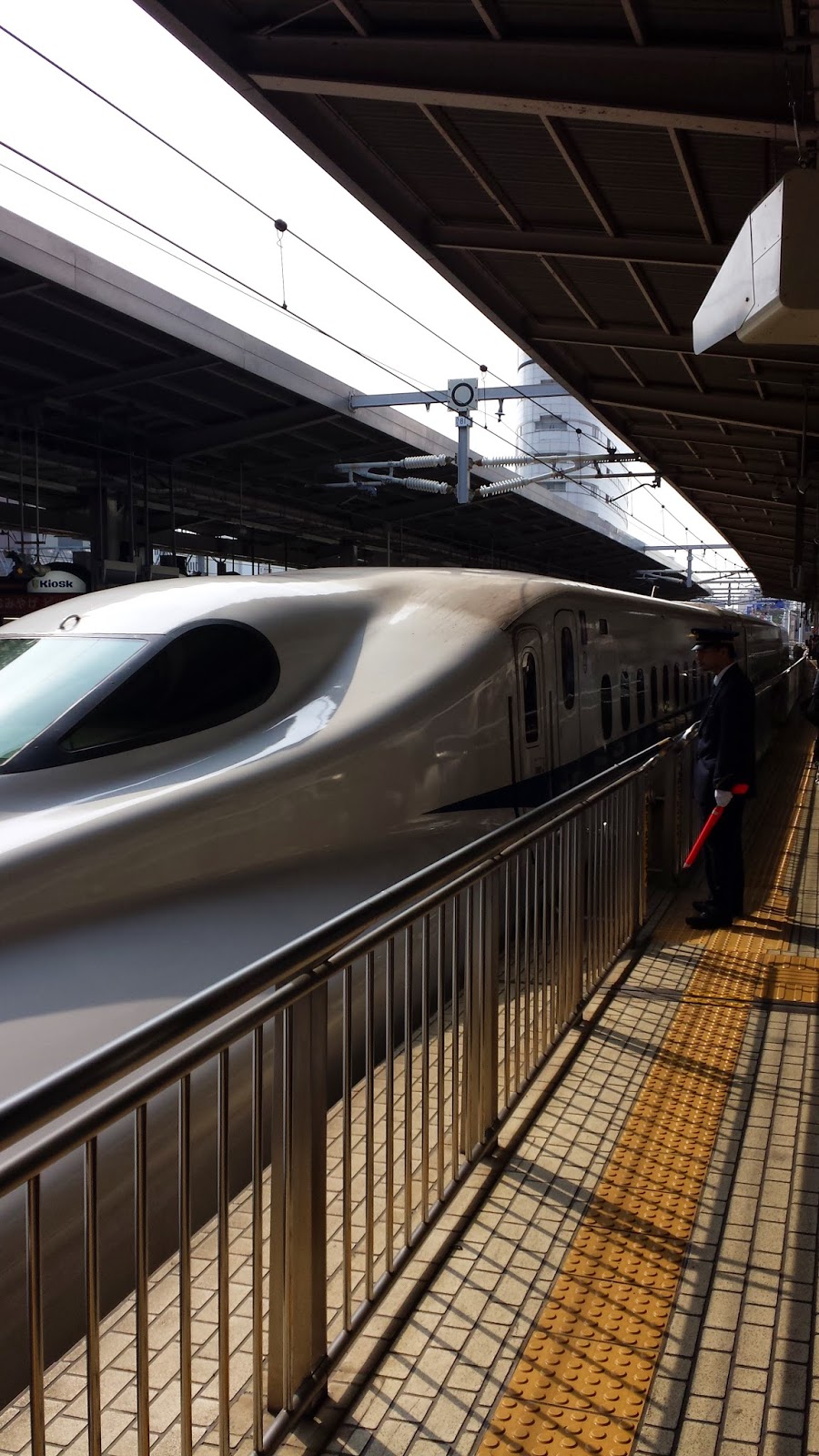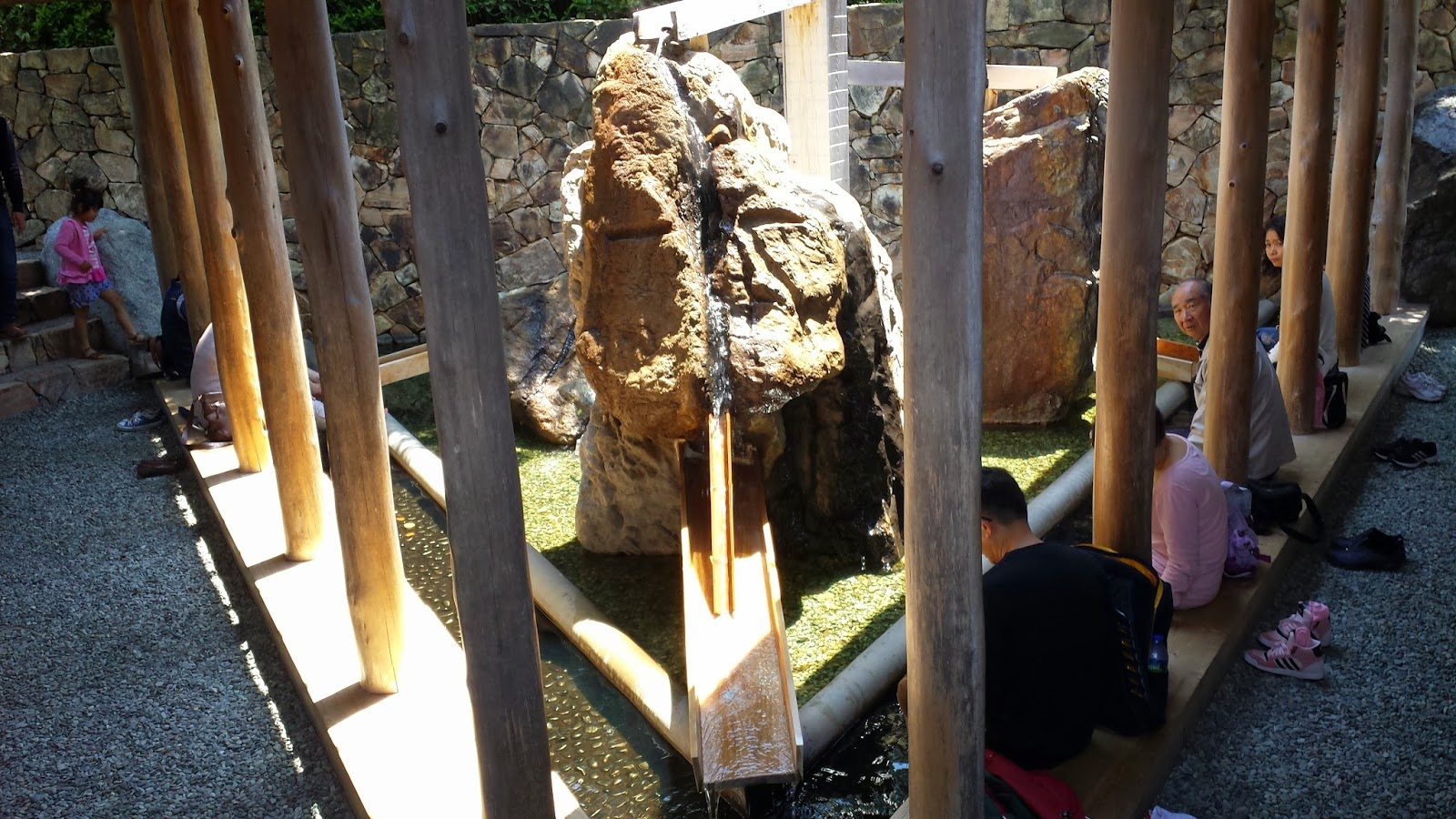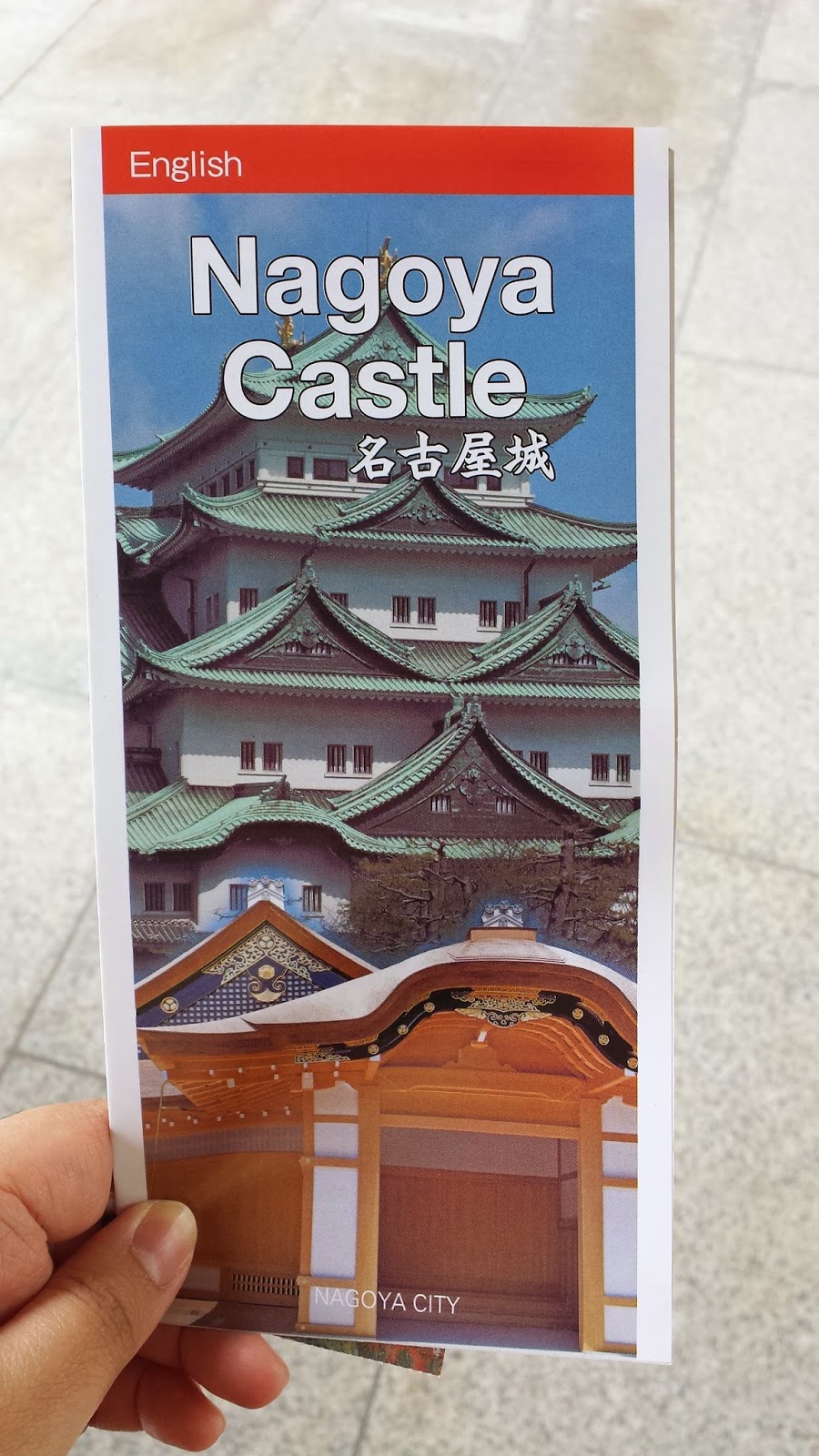At the beginning of May, I went on a week trip to Japan with my roommate, Alice. I met my Chinese friend, Jenny and her fiance, Takuya who both graduated from UMKC. They live in Nagoya, Japan so Alice and I were lucky to have them travel with us to different cities in Japan. We used the Skinkansen (Japanese Bullet train) traveling at 200 mph to get around to different cities. It was very useful for traveling.
Kyoto is a very traditional place in Japan. There are many temples, mountains, historical landmarks in Kyoto. Since there are many traditional temples and shrines to visit, we all decided to wear Kimonos (Japanese traditional clothing).
We went to a temple called Kiyomizu. Within the Kiyomizu temple there is a Kyoto Jishu Shrine (known as the Cupid of Japan). It is said to be the place where young Japanese people looked up to and relied on Jishu Shrine as the dwelling place of the god of love and matchmaking. In front of the beautiful main building, there are two stones set about ten meters apart. They are called 'love-fortune-telling' stones. If a person walks safely from one stone to the other with closed eyes, his or her love will be realized. This simple fortune-telling practice is very popular among both Japanese and foreigners. Jishu Shrine's god, the Cupid of Japan, can give the people of the world endless love, wisdom, and happiness!
The next day, we went to Kinkaku-ji (The Golden Pavilion) Temple. It is a Buddhist hall containing relics of Buddha. The garden and buildings centered on the Golden Pavilion were said to represent the Pure Land of Buddha in this world.

Hakone is popular for scenic views, volcanic activity, and Kuro-tamago (Black egg) which is a local specialty of eggs that is hard-boiled in the hot springs. The boiled eggs turn black and smell slightly sulfuric. If you eat the eggs it is believed to increase longevity. Eating one is said to add seven years to your life. You may eat up to two and a half for up to seventeen and a half years, but eating a whole third is said to be highly unadvised.We all decided to go to Hakone to see Mount Fuji. Unfortunately, it was rainy that day. However, that did not stop us from going there to try out the hot springs. We rode the Hakone Ropeway over the mountains in hopes of a glimpse of Mt. Fuji, but it was too cloudy. We tried a Kuro-tamago, which tasted just like a regular boiled egg.
3. Tokyo
After we spent our day in Hakone, we headed to Tokyo in the evening time. We stayed in Akihabara, which is known to be a shopping district for video games, anime, manga, and computer goods. The next day, we went to Shibuya which is known as one of the fashion centers of Japan, particularly for young people. The area is overpopulated with thousands of people who crosses the intersection. We went to many popular shopping centers there. There is also the famous dog statue named Hachiko which is located there by the train station. The statue represents a dog who waited near the Shibuya station for his owner, a professor at University of Tokyo who had suffered a cerebral hemorrhage and died, never returning to the train station where Hachiko was waiting. The dog waited for nine years at the same spot and exact time the train would come. Many people acknowledged the loyalty Hachiko had towards his owner and dedicated a statue of Hachiko there.
4. Yokohama
In Yokohama we first went to the navy pier to see the beautiful scenery and the famous amusement park with a huge Ferris wheel that would light up at night. Then, we went to the Chinatown that is one of the biggest in Japan.
5. Nagoya
On some nights we would stay in Nagoya with Takuya's parents. His parents were very kind and open to Alice and I. They taught themselves a few English vocabulary to communicate with us. Also, Takuya's father helped a lot by planning the whole trip, booked the hotels, and prepared the train tickets in advance. Takuya's mother would occasionally cook breakfast for us, so we're lucky we got to experience the homemade Japanese food. We all went to the hot springs called Nabana no Sato. It had a nice garden of all types of flowers, many restaurants, and an observation deck. The hot spring was a great experience. Also, we tried Unagi (cooked eel) for dinner which is very popular in Nagoya. From all the busy traveling, we decided to get body massages to ease our sore shoulders, feet, and backs. The last day in Japan we went to the Nagoya castle and tried delicious Ramen. Overall, I am glad I had a chance to go to Japan and traveled with good friends who were a big help and made my trip fun and successful. Out of all the places I visited, if I had to choose where I would live, I would live in Nagoya. I cannot wait to go back!
I. Air
The #1 difference that I noticed about Japan vs. Korea is the air. The air in Japan is far more fresh, dry (at least not humid), and overall better than the air in Korea. Of course, in the city it would smell like sewage and car pollution. However, being in Tokyo, Japan I can barely smell that bad city air that I was expecting. In Seoul, South Korea when that bad smell hits, I can tell right away I was in the city. Also, it gets so humid in Korea that I can barely stand walking outside for 10 minutes and already starting to sweat. It doesn't help when you go to a university with many steep hills and stairs either.
II. People
People in Japan are more nicer in a crowded place. In the train station, there are many people who are in a rush. So, if you are walking and about to collide into someone, then they will move aside and let you walk first or apologize for bumping into you. It is the polite and common courtesy that I liked about the people of Japan. They act very respectful and well-mannered towards others.
In Korea, they are not as nice as letting you pass first or say anything if you bump into each other. However, some people are still kind if a situation like that occurred. Yet, I rarely experienced it.
III. Food
Japanese food doesn't have much spicy dishes. So far, the only spicy ingredient that I tried is wasabi which is mainly used to eat with sushi. Whereas, in Korea there are many foods that are spicy. Also, the chopsticks are not the same. Japanese chopsticks are wooden and usually smaller at the ends. Korean chopsticks are metal and flat.
IV. Traditions
Visiting Kyoto made me feel like I was really experiencing the history of what Japan used to be by going to see all the temples and shrines. It is very nature-like with lots of trees and mountains in Japan that felt very traditional. In Korea, when I visited the Korean traditional palace, I could still see the city outside the walls of the palace, regardless of all the mountains, it still didn't feel as traditional as when I was in Japan.
V. Cost
Korea is definitely more cheaper than Japan. Shopping, restaurants, and transportation was so expensive in Japan. Most of my money was spent towards transportation and food. So, I'm glad that I am studying abroad in Korea. Everything is more affordable, especially the food. However, some things in Korea can be highly priced as well.
Hope to write again~
Ting Ngov ^_^






.jpg)
















.JPG)


.JPG)
.jpg)



.JPG)










.jpg)
.JPG)
.JPG)


.JPG)

.JPG)




























.JPG)







No comments:
Post a Comment